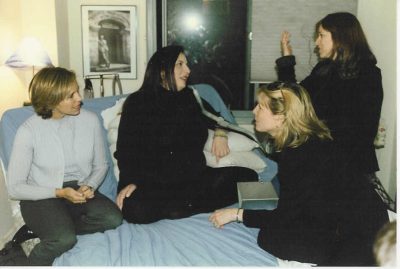Results of four recently published Project ALS studies shed new light on how ALS happens, and strategies for slowing the disease. Project ALS teams led by researchers from Ohio State University, Columbia University, and Harvard University have uncovered evidence that: aspects of the immune system may be involved in ALS (Nature Medicine; Feb 29, 2016)…brain cells called “V1 interneurons” may affect ALS disease course (Cell; March 3, 2016)…the rabies virus may actually allow us to visualize the ALS brain as never before (Neuron; Jan 21, 2016)…iPS and related stem cell technologies are providing new opportunities for scientists screening for potential ALS therapies (Nature Neuroscience; March 29, 2016).

Stories of the Season: The Harper Family
One Day at a Time: Jacob Harper’s Journey With ALS Jacob Harper is 26 years old, from southern West Virginia, and living with ALS. According


